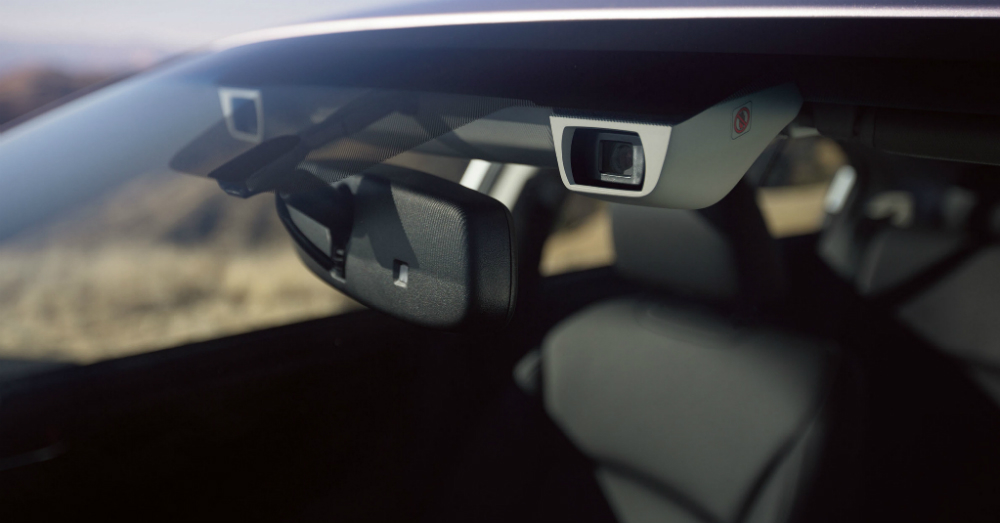Potholes, ice, moisture, slick spots and more make it difficult to drive when they are present in great numbers. Each spring we spend a large sum of money to have tires and rim replaced that are damaged by potholes that have developed over the winter months in our roadways. In order to help alleviate some of this car companies have begun to develop technology that will detect these road defects and report them to the local road authorities so they can dispatch a crew to have the roads repaired and make it easier to drive without worry of more potholes and road abrasions.
This is actually not a brand new technology as Boston had its own “Street Bump” app in 2011 that was meant to alert the location of in car jolts to the experts at City Hall who would then send out road crews to repair these holes. This sounds like a fantastic idea and certainly helps to give more information to authorities than before, but some car companies have taken this a step farther by developing technology that will alert other drivers of the potential road hazard to ensure they can avoid the problem and a potential trip to the repair shop.
A few companies have created this technology in a variety of ways. Volvo is working on a cloud system to give real-time ice warnings in Ann Arbor, Michigan. This technology is meant to alert road crews to be dispatched and give vehicle to vehicle information regarding the ice so other drivers can avoid the area or drive much more cautiously, helping them to steer clear of a potentially fatal accident.
The latest technology to be used comes from Jaguar Land Rover which is using data from the road-sensing magnetic shocks on their Range Rover Evoque to record the magnitude of potholes. This technology is then able to partner with the GPS position of the pothole, tag the location and upload them to a cloud based server which helps to warn other drivers of these road blemished. This system can not only be used for potholes but also for a sunken manhole cover, deep storm drain or any other type of road issue that might come into play for a driver on the road. The system is meant to alert road crews as well, providing them with the information needed to fix the road and make them safer for all drivers.
Subaru is also using similar technology with their EyeSight camera system which can precisely locate the hole and snap a picture of it for a report to the local public works authority. How effective are these systems so far? Unfortunately the earliest tests in Boston haven’t proven to be an effective test because the roadways of the city are still very much a minefield of road abrasions and car damaging holes, but as this technology improves, possibly the public works will also improve to respond to the needs of car owners everywhere to have smooth easy to drive on roadways each spring.
This post may contain affiliate links. Meaning a commission is given should you decide to make a purchase through these links, at no cost to you. All products shown are researched and tested to give an accurate review for you.





